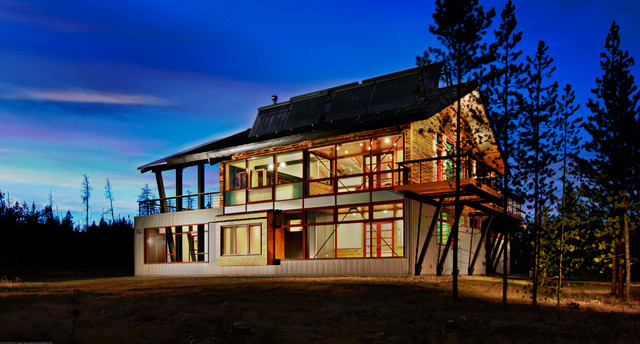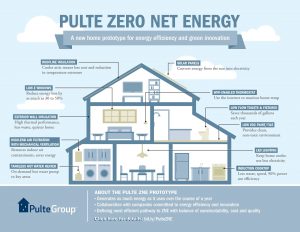
What to Know About Zero Net Energy (ZNE) Homes
The building industry leaves a major impact on our environment and resources. Fortunately, standards are being raised to provide more sustainable, less harmful building initiatives.
For example, construction methods are being adapted to meet what is referred to as ‘net-zero’ standards. What this means is that zero net energy homes require significantly less energy by way of efficiency returns through the use of renewable technologies. Attention is also fixed on how space and systems are designed to minimize energy use inside a home.
Here are several more important facts to know about Zero Net Energy (ZNE) homes.
CANADIAN CODES: Modern building codes have been updated to achieve greater energy efficiency within the construction industry. Becoming educated about these codes is beneficial to builders, contractors, designers, architects, and anyone that lives in a ZNE home. Canadians may refer to them for guidance when performing new builds under the National Energy Code of Canada (NECC) and the National Energy Code for Buildings (NECB).
A HOLISTIC WAY TO BUILD: The new way of building incorporates all areas of the design and building process. Energy saving systems are typically employed in every part of the home. Design takes into account the orientation of sunlight for solar lighting and heat. Proper placement of energy-efficient windows and doors also improves indoor comfort and energy-savings. Naturally, energy-efficient lighting and appliances are implemented as well.
EQUAL ENERGY CONSUMPTION AND PRODUCTION: A ZNE house is planned according to specific calculations to achieve a ZNE building standard. Energy consumption is minimized with systems designed to facilitate the building in producing more energy.
building standard. Energy consumption is minimized with systems designed to facilitate the building in producing more energy.
ECO-FRIENDLY & COST-EFFECTIVE: Net-zero buildings save huge amounts of money on heating and cooling bills over time. Maintenance costs are also lower with ZNEs.
WASTE REDUCTION: What little energy consumption there is may be offset by integrating management control systems in the design. Additionally, waste is reduced in the actual building and maintenance of the home.
HOMES FOR THE FUTURE: These types of home do not rely on environmentally hazardous fossil fuels. Building a ZNE is a huge leap toward leaving a brighter future for generations to come and is beneficial to the planet.
ON-SITE RENEWABLE ENERGY: Most net-zero buildings accomplish renewable energy goals through the implementation of solar panels, wind turbines, and/or solar water heaters. The onsite energy can be used for immediate consumption with excess power stored for later use or delivered back into the electrical grid.
Our future depends on sustainable building. Undeniably, protecting the environment is a priority for most people. With constantly rising energy prices, Zero Net Energy Homes are gaining momentum. Pioneering architects and builders are leading the way by designing homes for energy reduction and improved efficiencies. Jump aboard the renewable ship to a healthier, happier home and outlook for the years ahead.
